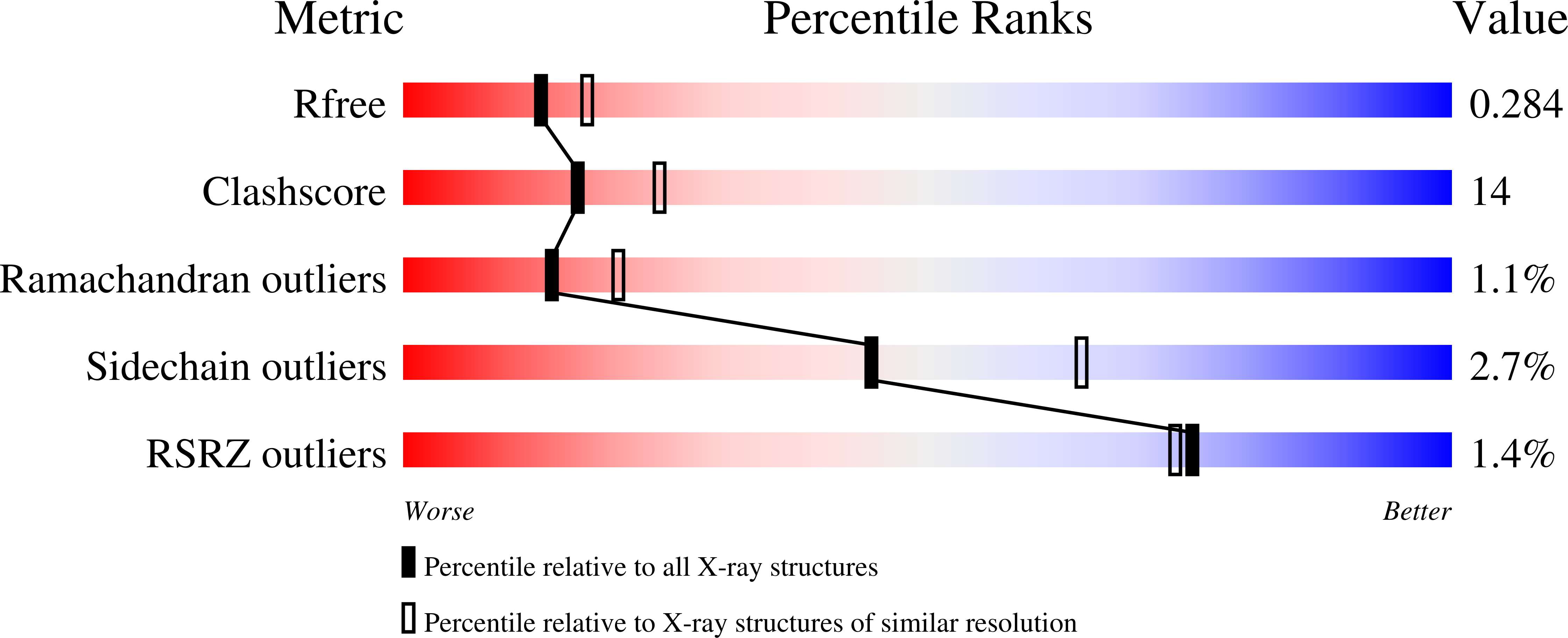
Deposition Date
2003-06-20
Release Date
2004-07-27
Last Version Date
2023-08-16
Entry Detail
PDB ID:
1PS8
Keywords:
Title:
Crystal Structure of the R270K Mutant of Aspartate Semialdehyde dehydrogenase from Haemophilus influenzae
Biological Source:
Source Organism:
Haemophilus influenzae (Taxon ID: 727)
Host Organism:
Method Details:
Experimental Method:
Resolution:
2.40 Å
R-Value Free:
0.28
R-Value Work:
0.22
R-Value Observed:
0.22
Space Group:
P 21 21 2


